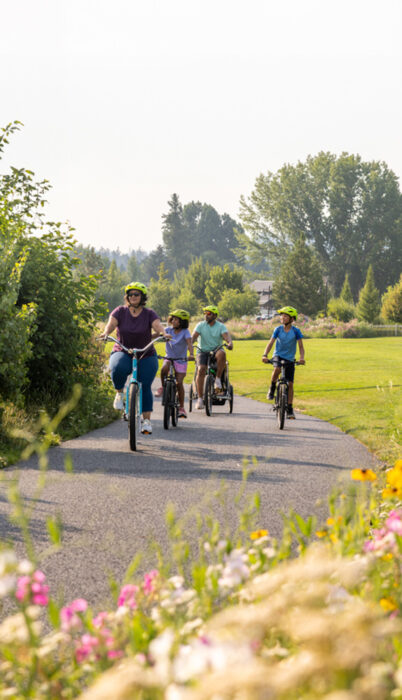
Where to find family-friendly fun in Bend, Oregon
April 17, 2024
6 minute readIf you always prefer to be on two wheels, no matter the weather, then keep the fire alive by fat biking. This somewhat fringe sport allows the most committed mountain bikers among us to keep the wheels turning even as the snow flies, with oversized tires and low PSI to roll over and grip terrain that a standard mountain bike tire would wallow in. Don’t be fooled though, even these monster bikes have their limits. Riding into a field of fresh powder will leave even the most sure-footed among us right on their, well, feet (best-case scenario). So instead, fat bikers tend to stick to plowed and groomed surfaces of mixed snow and ice.
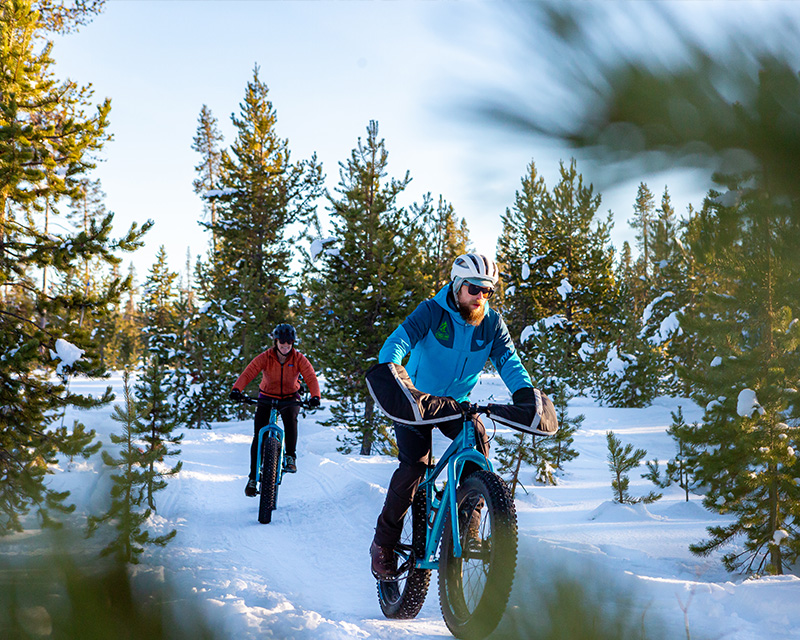
Riding fat bikes on groomed Nordic ski trails is a big no-no. Fortunately, a fat-bike-specific trail network has been developed out of the Wanoga Sno-Park, offering two different trails that are groomed for this express purpose. The 3PSI Short Loop is roughly 3 miles while the Fatbike Outer Loop is about 6 miles. Grooming begins once there is two feet of snow on the ground and is maintained throughout the winter by volunteer groomers from Central Oregon Trail Alliance (COTA). Novice to experienced riders alike can enjoy this network. Minimum tire width is 3.8″ for these trails and tire pressure restrictions are in effect to limit impact on the trails between grooming, with anything over 3 PSI being too high.
An Oregon Sno-Park pass is required to park at Wanoga. These are not available at the trailhead, so be sure to purchase one in advance at the Bend Visitor Center or an outdoor gear shop.
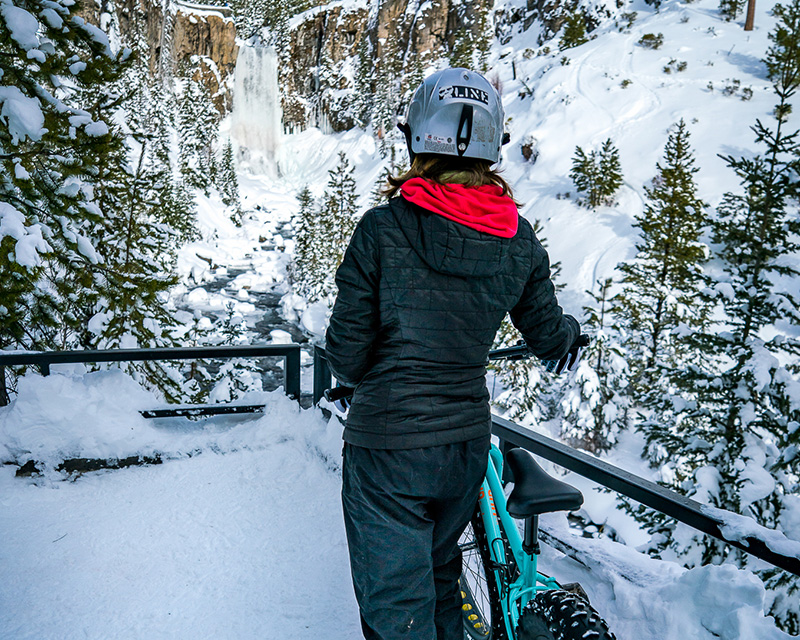
Some of the most popular fat biking routes in the Bend area are from Skyliner Sno-Park to Tumalo Falls via Tumalo Falls Rd, McKenzie Pass (as far as it is tracked), and Lava Butte to Benham Falls. Tumalo Falls is a magical sight to behold any time of year, but especially in the winter months when it freezes over. Each of these routes are usually maintained or trafficked enough even in winter to help with riding if you wait for a day or two after a storm cycle.
Other great options include the expansive singletrack trail networks around town. One of our favorites for its proximity to town is the trail network out of Phil’s Trailhead, just west of Bend. Maston and Horse Butte area trails tend to have less snow, meaning you typically won’t be dealing with too much powder to ride through if you have to break trail. Please only ride trails when frozen or dry, however, no matter what bike you may be riding — slush and mud will freeze into ruts, making the trails no fun for anyone, and potentially damaging them well into the spring. COTA and Bend Trails offer updated conditions and guidance on seasonal closures on their websites.
Fat bike rentals are available at many of the bike shops in Bend. Call around to inquire as to rates and availability. Cog Wild Bicycle Tours offers guided fat bike tours, complete with bike rental, neoprene bar mitts to keep your fingers toasty, snacks and warm drinks, and a seasoned local guide to highlight the best spots based on current conditions.
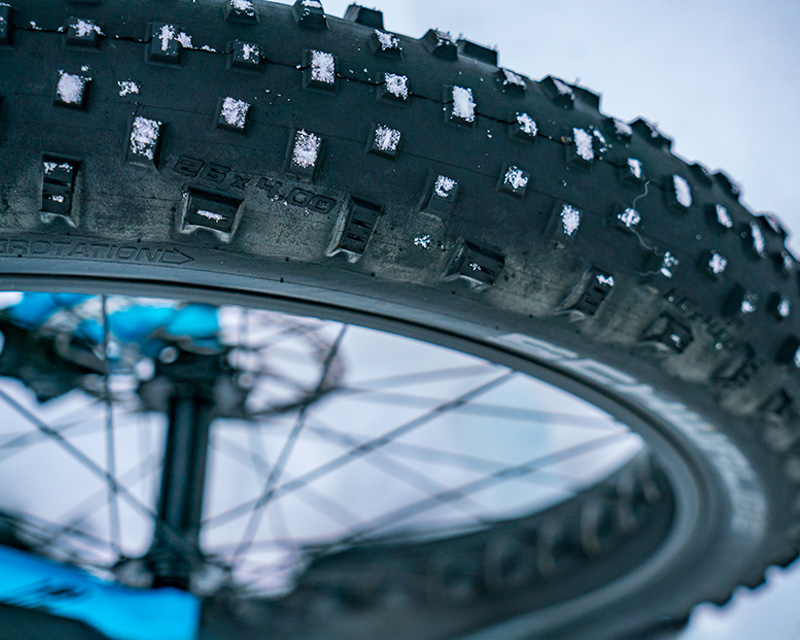
Let’s talk etiquette so you and all trail users can have a top-notch experience.
Our friends at COTA have also put together a helpful list of trail etiquette, best practices, and what to know before you go fat biking in Central Oregon.
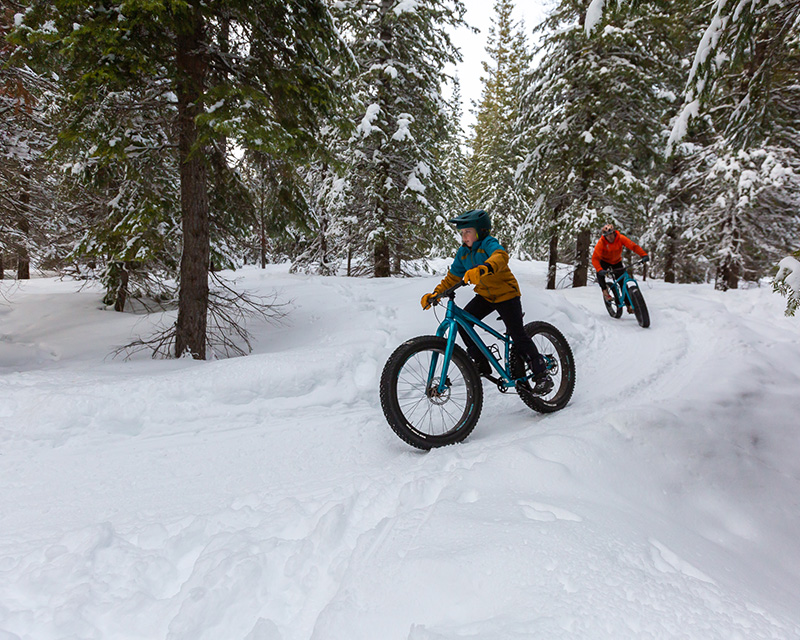
Dressing for fat biking can be tricky. Although many of us are used to wearing thick, waterproof outer layers for snow sports, fat biking is far more of a workout than many other gravity-based alpine sports and thus demands more breathable attire. Think layers as well as wind and water protection, as conditions can change on a dime and you want to be prepared for anything but also ready to easily shed layers as your core temperature warms up.
Wherever you end up riding, be prepared for the unexpected. A flat tire, a fall, or a surprise blizzard are just a few things that can easily turn a great experience on a fat bike into a challenging day. Managing the inevitable comes down to preparation! If you are heading out for a fat bike ride solo, make sure you have a basic mechanical repair kit (appropriate for the machine) and knowledge of how to use it. Likewise, be prepared with first aid supplies and skills, and extra layers in case the weather turns south or you become incapacitated on the trail for whatever reason. Although fat bike rides are generally shorter (usually within walking distance to the car or help), remember that walking in the snow, with or without heavy gear, can be a lot more challenging than the distance would normally indicate. And don’t forget the snacks and water! Remember that a standard plastic water bottle can freeze on you if you are out in sub-freezing temperatures for an extended period, so bring an insulated bottle or use an insulated hose on a hydration pack.
If you are new to fat biking, definitely give neoprene mittens (also known as pogies) a try. These feature a unique zip-on or snap-on design that securely fasten the mitts around each handlebar end to allow riders to keep hands warm and toasty without sacrificing dexterity for bulky gloves. Several local bike shops will stock them in-season.

April 17, 2024
6 minute read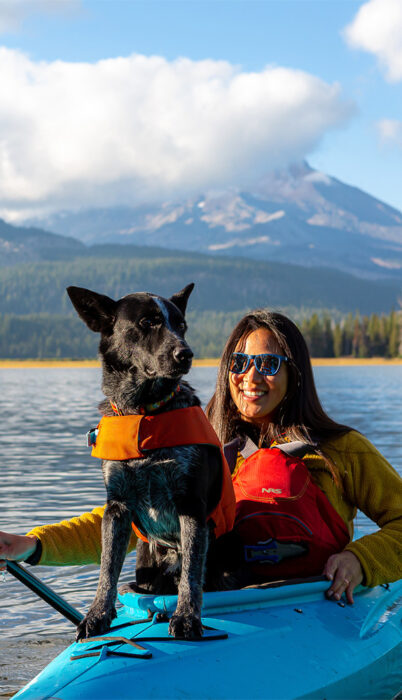
March 28, 2024
7 minute read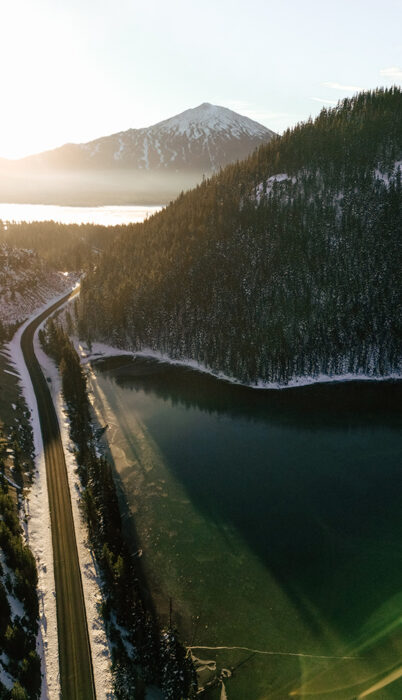
March 26, 2024
9 minute read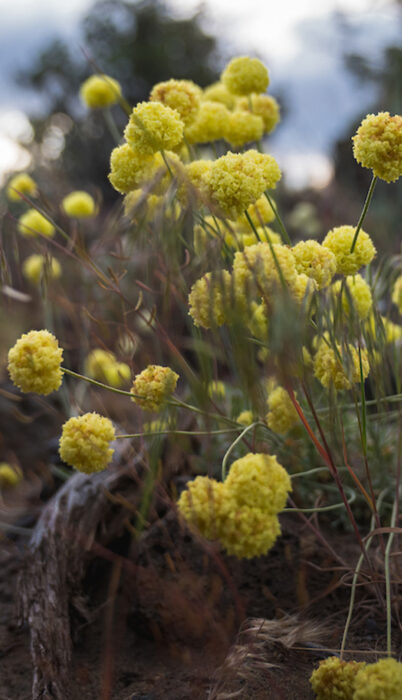
March 1, 2024
8 minute read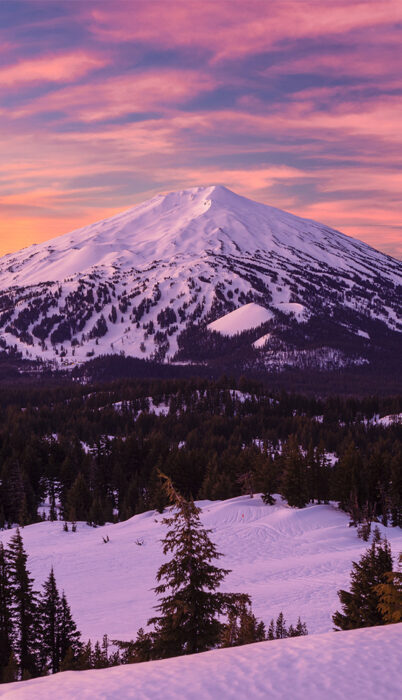
February 9, 2024
7 minute read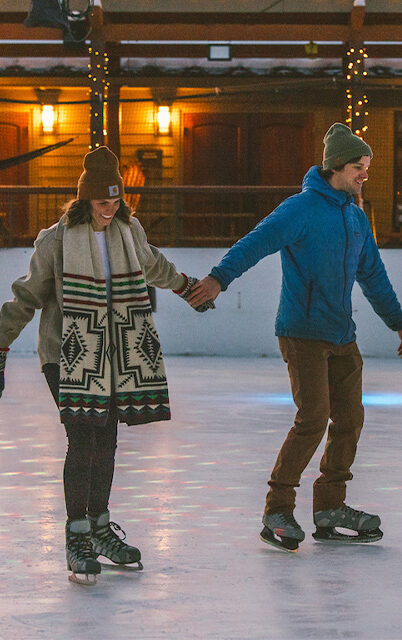
January 25, 2024
7 minute read